Miners flocked to Cambridgeshire, England in the 19th century to dig up dinosaur fossils for profit.
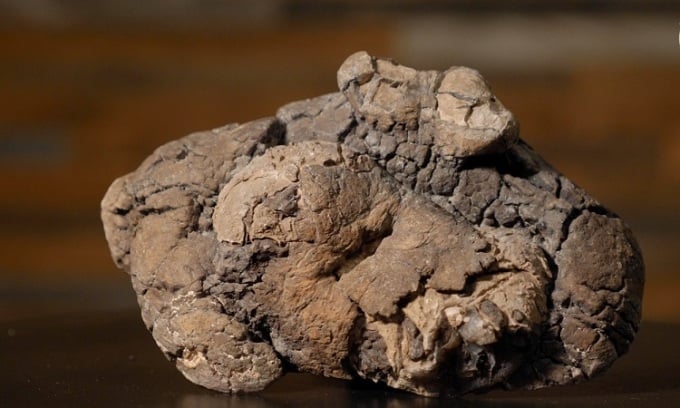
A 126-million-year-old dinosaur feces fossil. Photo: Ripley
Coprolite, also known as prehistoric dung, has been highly valued since its discovery in the 19th century. Not only is it considered a priceless treasure by paleontologists and archaeologists, digging up dinosaur dung for fertilizer during the Victorian era was considered a particularly profitable business, according to Ancient Origins .
During the 1850s, a wave of miners flocked to Cambridgeshire, England, in a craze for digging up fossilized dinosaur dung. This strange craze was tied to the increased demand for fertilizer due to food shortages following the Napoleonic Wars.
Fossilized feces were first discovered in the early 19th century by British fossil hunter Mary Anning, who noticed that the specimen contained bits of fish and small bones. This detail inspired geologist William Buckland to name the specimen coprolite in 1829, from the Greek words kopros (feces) and lithos (stone). Coprolites come in a variety of shapes and sizes, including a giant 67.5cm long specimen nicknamed Barnum, which is believed to have belonged to a Tyrannosaurus rex.
While small coprolites are relatively common, dinosaur droppings are rare, as most dinosaur excreta are scattered on the ground, especially if dropped from high places. While most specimens resemble rocks, some retain their distinctive colors and textures.
John Stevens Henslow, a botanist from Cambridge, played a key role in identifying the phosphate component of coprolite. In 1845, he published a paper on the potential economic value of fossil fertilizers as fertilizers, which led to many unintended consequences. Similar to the California gold rush, excavations at coprolite-rich sites in eastern England sparked a phenomenon called fossil fertilizer fever.
Once submerged, these areas were perfect for preserving coprolite due to their soft surface. Starting in 1859, the phenomenon attracted hundreds of miners to the area, eager for new opportunities to make money. However, the craze was short-lived. By the 1880s, fossil fertilizer mining had given way to artificial fertilizers.
Today, coprolites are prized for a different reason. By examining pollen, DNA, and even internal parasites, coprolites can help scientists learn about the ecology and diet of long-extinct creatures. In one example, researchers used tiny bones in dinosaur feces to prove that Tyrannosaurus rex crushed its prey. Fossilized feces from the Jurassic period are still valuable; a collector once paid $10,370 at auction for a 6-million-year-old coprolite specimen.
An Khang (According to Ancient Origins )
Source link



























![[Photo] National Assembly Chairman attends the seminar "Building and operating an international financial center and recommendations for Vietnam"](https://vphoto.vietnam.vn/thumb/1200x675/vietnam/resource/IMAGE/2025/7/28/76393436936e457db31ec84433289f72)






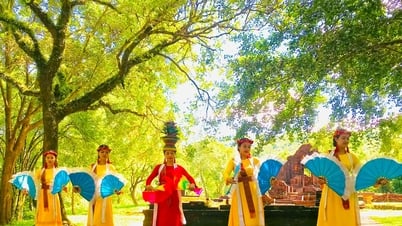

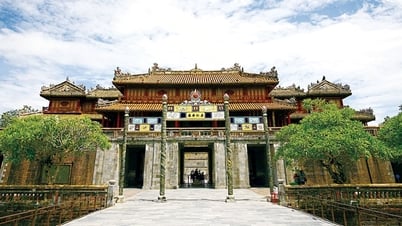

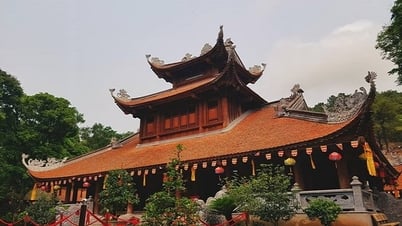





































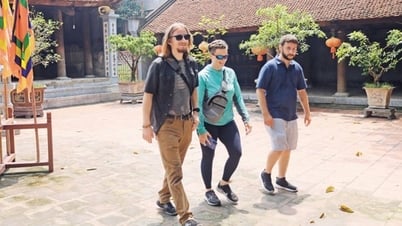





















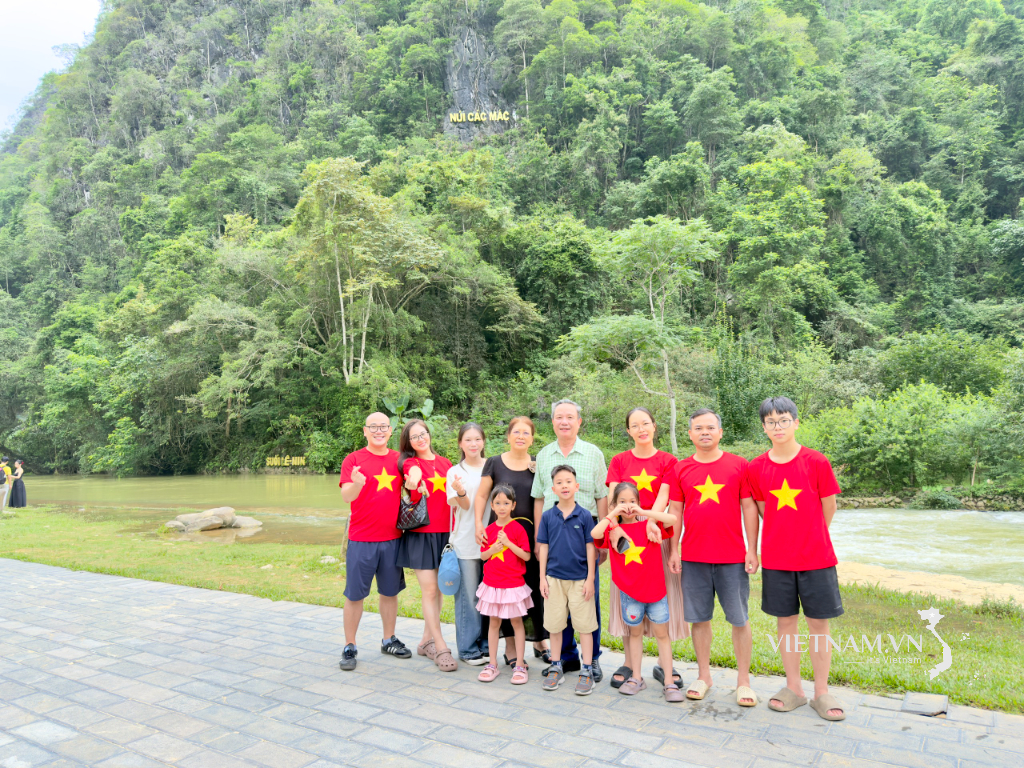

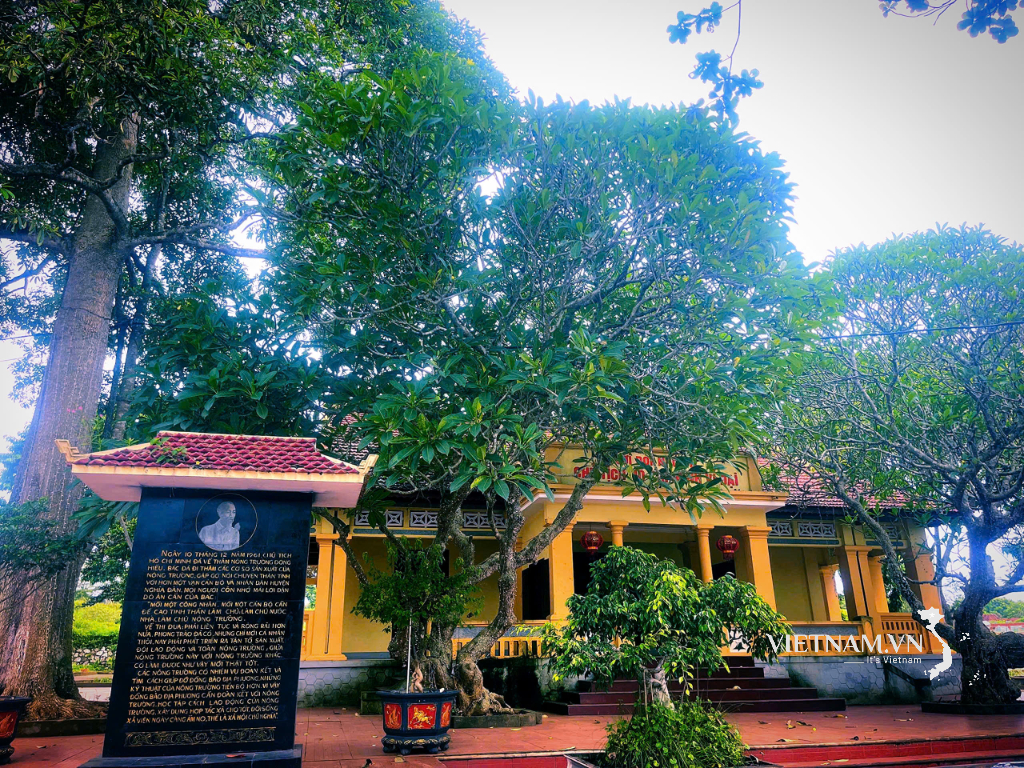
Comment (0)